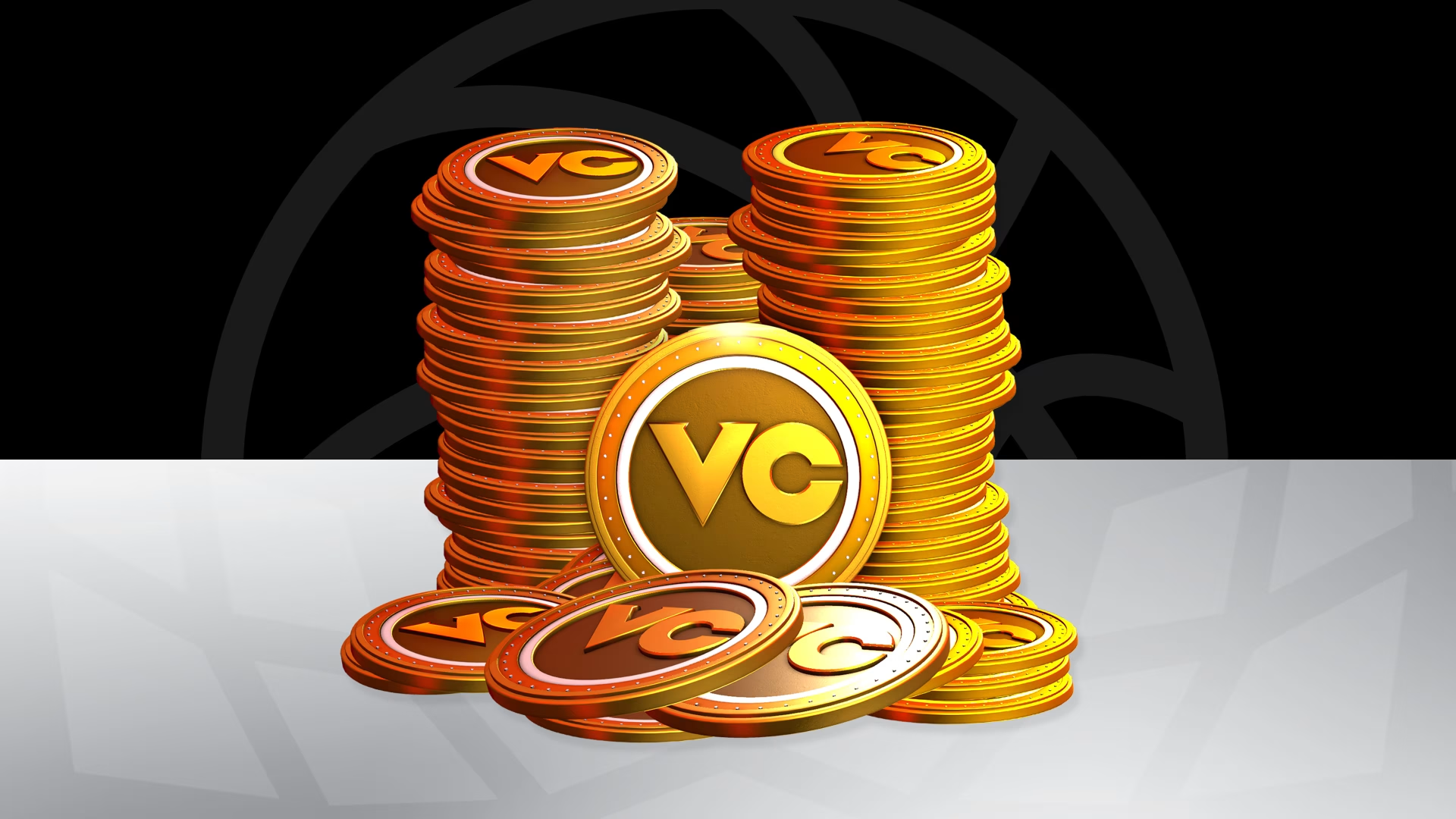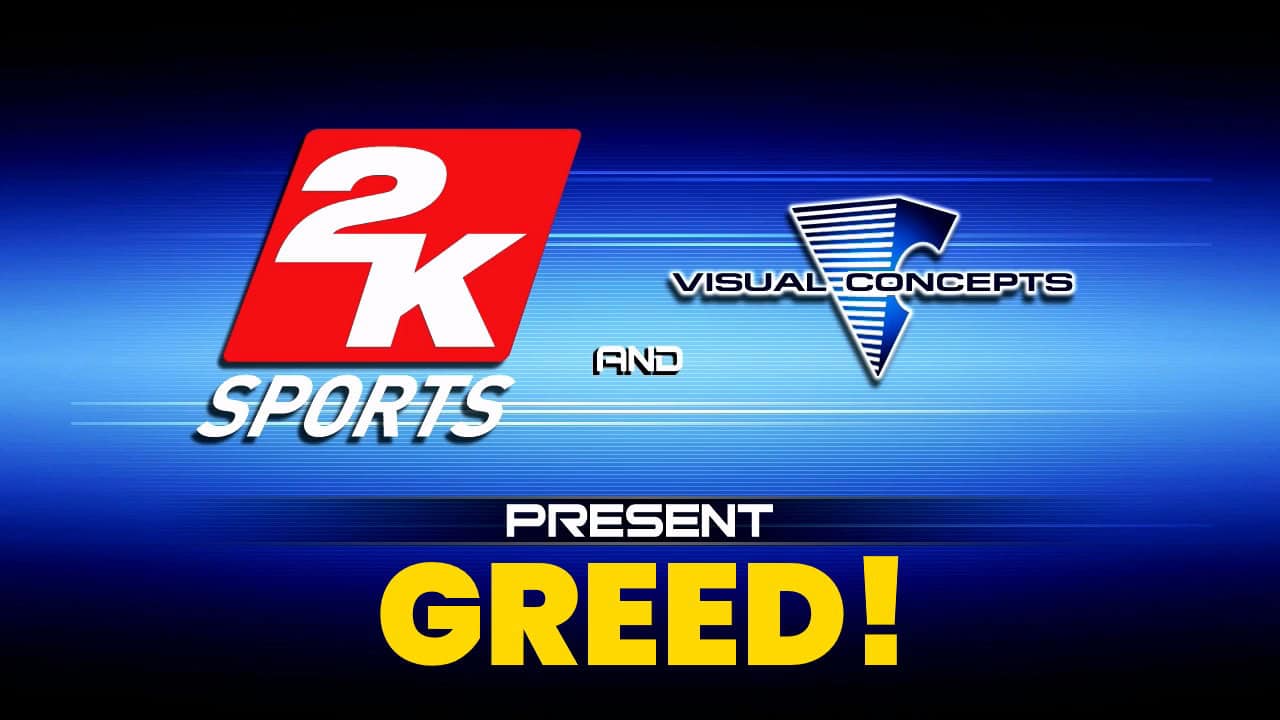Where It All Started
For years, 2K has dominated the basketball gaming scene, much like EA with other sports titles. In 2009, 2K introduced what would become the foundation of their franchise: MYCAREER. Similar to Ultimate Team in EA FC (formerly FIFA), this mode cemented 2K as a staple in sports gaming. With it came VC (Virtual Currency), earned through in-game quests and performance-based rewards after each match, factoring in elements like score, salary, and difficulty.

VC is essential for upgrading your player, purchasing clothes, and acquiring boosts, among other things. However, back in 2009, VC was much easier to obtain, and player upgrades were far more affordable. Fast forward to 2025, and much like real-world inflation, VC gains have decreased while the cost of upgrades and cosmetics has skyrocketed. The situation has gotten so dire that searching for ways to earn VC often leads to an overwhelming number of videos about VC glitches.
Over the years, the cost to reach max level has spiraled out of control. In 2K25, reaching 99 overall costs nearly 400,000 VC, which translates to roughly £200 if purchased outright. Now imagine being a newcomer, maxing out your player for £200, only to decide you want to try a different position—well, that’s another £200 or weeks of grinding, essentially turning the game into a full-time job.
The Community
Ask any fan, “What’s the best year of 2K?”, and you’ll get different answers. Personally, 2K20 holds a special place for me, possibly because it felt like the last time everyone was truly engaged. VC earnings were reasonable, and progression felt balanced.
As someone who has been playing since the beginning, it pains me to see what the game has become—especially on platforms like YouTube. Every year, within the first week of release, there’s a mad dash to post videos on “The Best Build,” “The Best Jumpshot,” or “The Fastest Way to Make VC.” But back in the day, only one man mattered: Chris Smoove. The godfather of 2K content, Smoove was the go-to for MYCAREER videos, setting the standard for the community.
This leads me to 2K’s lack of responsiveness to player feedback. While recent installments have attempted to incorporate community input, their priorities are clear. If a VC exploit is discovered, it’s patched immediately. But game-breaking glitches—some present for years—remain untouched. Worse yet, corrupted saves have plagued players without resolution, yet any “fast way to 99” is swiftly removed.
MYTEAM
If MYCAREER is 2K’s Ultimate Team, then MYTEAM is its loot box-riddled counterpart. This card-collecting mode lets players build their dream team, but it comes with all the usual pitfalls: overpriced packs, underwhelming rewards, and content removals.
Strangely, MYTEAM has two currencies:
- MT, earned through challenges and gameplay.
- VC, which can be purchased—but not earned in MYTEAM.
Yet, most packs require VC, a practice that feels intentionally exploitative. Sure, you can use MT to purchase players from the auction house, but top-tier cards are ridiculously overpriced. 2K now “discloses” pack odds, but in most cases, the probability for premium players is listed as less than 1%, effectively sidestepping regulations.
Seasons & Microtransactions
Like Call of Duty, Fortnite, and EAFC, 2K has introduced season passes in recent entries. However, unlike other games that let you earn premium currency (CoD Points, V-Bucks) to buy future passes, 2K’s season passes are purely cash-based.
- £8.99 for a Premium Pass
- £17.99 for a Pro Pass
With six seasons per game, players are looking at nearly £55 in additional costs—on top of purchasing the game. Each pass includes VC, cosmetics, MYTEAM cards, and vehicles for The City—but at what cost?
The City/Neighbourhood
Introduced in 2K18, The City is an open-world hub where players can traverse on foot or use vehicles like hoverboards and go-karts. It houses branded stores (Nike, Jordan), various courts, and the Rec Center. Initially, this feature felt revolutionary—blending open-world exploration with a basketball game.
However, over the years, 2K has added and removed features based on community reactions. 2K23 introduced a story mode requiring players to conquer three districts—which, bizarrely, involved rapping, dancing, and learning fashion. While I appreciated the ambition, many just wanted to play basketball in their basketball game.
By 2K25, The City feels empty, serving primarily as a hub to artificially extend playtime.
In conclusion
I love this franchise—I’ve been playing since 2K10—but I can’t ignore the money-hungry tactics that have taken over. The sheer greed of 2K and Visual Concepts has drained the fun, making the game feel less like a passion project and more like a cash grab.
Perhaps the lack of competition has made 2K complacent. With no rival basketball game to challenge them, they’ve adopted a “Where else are you going to go?” mentality. Unfortunately, history has shown that when a dominant game loses competition, innovation slows, and monetization rises.
I want to love NBA 2K like I used to. But as it stands, it feels less like a game—and more like a microtransaction treadmill.



